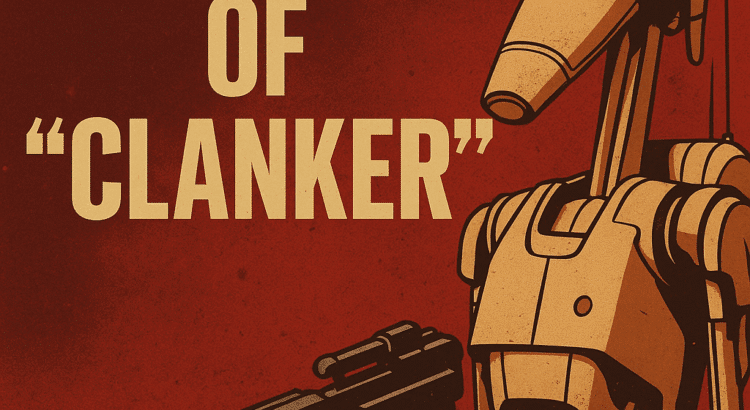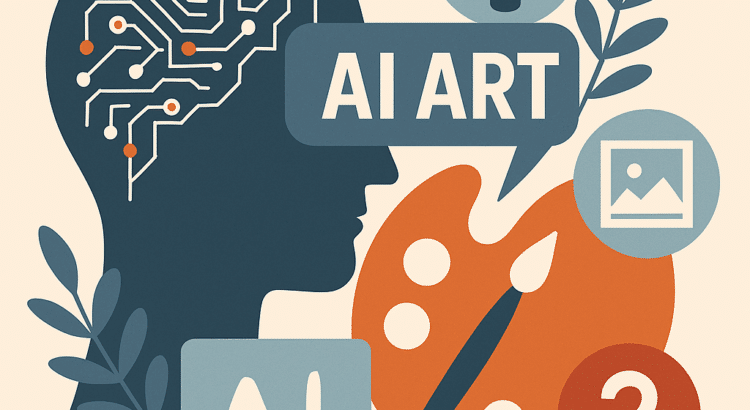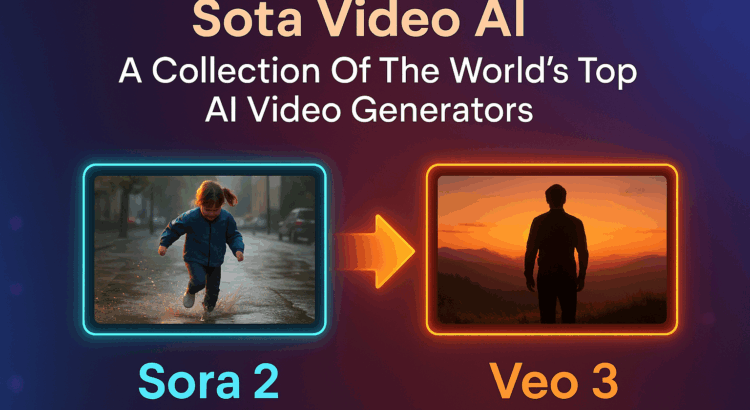Youre three hours into your project. The brief is clear: create a video that moves audiences—literally and emotionally. But here’s the trap: your AI video tool forces you to pick a lane. Lane One: Sora 2. Physics so convincing you can feel the splash when water hits pavement. Dialogue that syncs perfectly to moving lips. Motion that obeys gravity, momentum, and the laws of the universe. But the resolution? It caps out before true 4K. Your client’s 85-inch display will expose every limitation. Lane Two: Veo 3. Cinematic 4K that makes every frame gallery-worthy. Camera movements that would cost thousands with a real crew—tracking shots, sweeping panoramas, dolly zooms that guide emotion. But watch closely: that hand reaching for the glass? It floats. The runner’s feet? They don’t quite land. The dialogue? Three frames out of sync—just enough to trigger the uncanny valley. Sota Video AI seamlessly blends Sora 2…
Artificial Intelligence
The Rise of “Clanker”: A Star Wars Slur Rebooted for AI Backlash

The word “clanker” just hopped out of a Star Wars battle grid and right into today’s AI-fueled lexicon—and it’s not a lightsaber-wielding hero. Instead, it’s become a go-to insult for expressing weariness, frustration, or flat-out disdain for artificial intelligence. What’s Up with “Clanker”? If it sounds familiar, that’s because it is. “Clanker” originated in Star Wars: Republic Commando, used by clone troopers to belittle their droid enemies. Fast-forward to 2025, and the term has resurfaced—this time targeting modern-day AI platforms like ChatGPT, voice assistants, and robotic systems. We’re not talking playful nerd speak—it’s hitting a nerve. The slur is spreading across social media, popularized on platforms like TikTok and Twitter, as a punchy way to vent frustrations with AI’s growing invasion of daily life. Why Now? What’s Driving the AI Frustration? “Clanker” fits the mood: a nostalgic sci-fi relic turned linguistic flashlight, spotlighting anxiety about the machines among us. What’s…
AI Art: Navigating the Complex Landscape of Artificial Intelligence in Creative Technology

The rapid advancement of artificial intelligence has fundamentally transformed creative industries, giving rise to sophisticated AI art generation systems that can produce remarkably realistic images, paintings, and digital artwork. As these technologies become increasingly accessible, society faces unprecedented challenges regarding their ethical use and legal implications. Understanding the comprehensive impact of AI art technology requires examining both its innovative potential and the serious concerns it raises about privacy, consent, and digital rights. For deeper insights into AI technology ethics and regulation, visit https://cortexlab.app/undress-ai-technology-ethics-regulation. Understanding AI Art Technology What is AI Art? AI art refers to creative content generated using artificial intelligence algorithms, particularly deep learning models trained on vast datasets of images. These systems can create original artwork, modify existing images, or generate entirely new visual content based on text prompts or style references. The technology encompasses various applications, from legitimate artistic tools to more controversial implementations. How AI Art Works…


